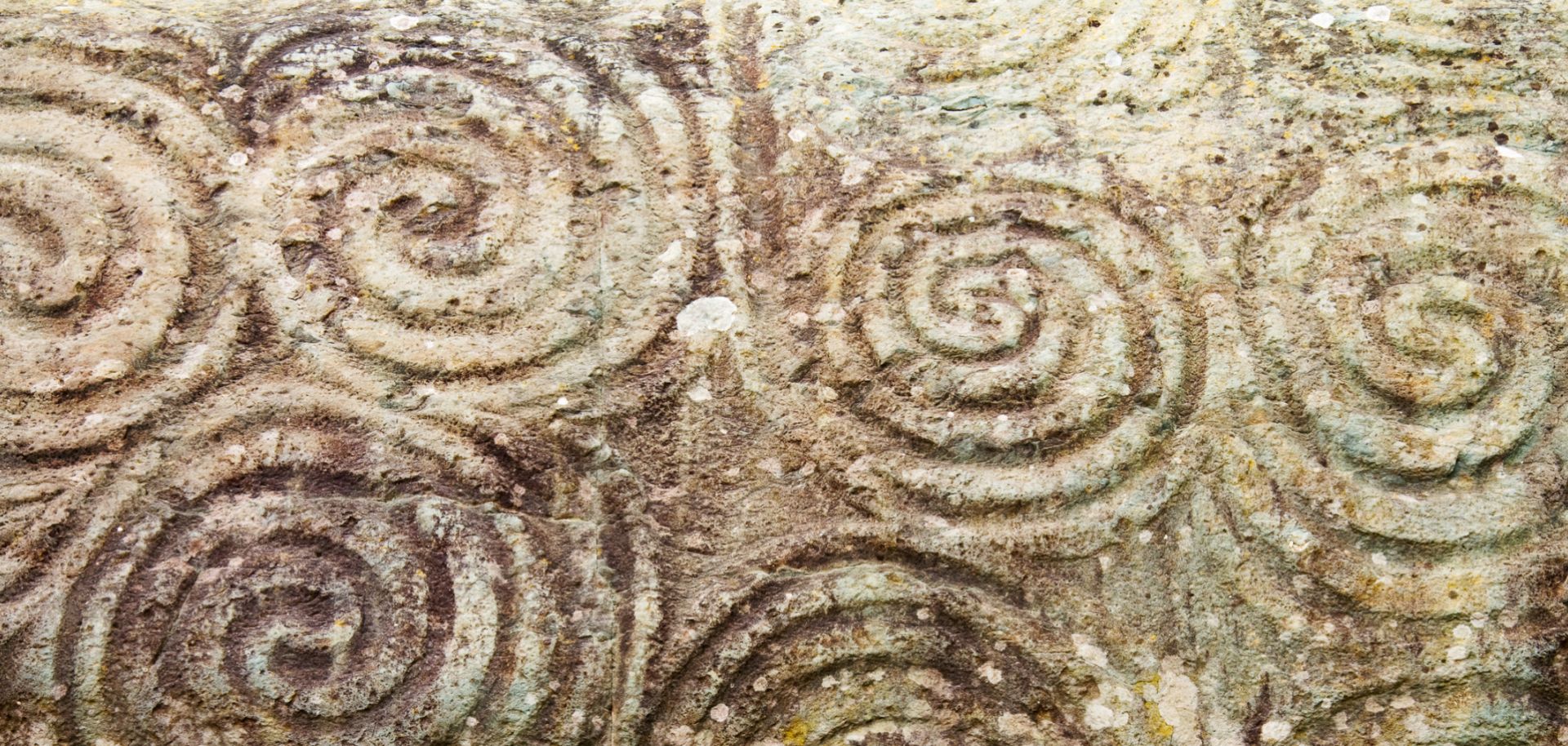As another year draws to a close, journalists and pundits everywhere are making lists of the biggest events, trends and surprises of the past 12 months and making predictions of what the coming 12 will bring. But as tempting as it is to use my final Stratfor column of 2017 to add to the summings-up and prognostications, instead of offering an end-of-year review, I want to offer a review of ends of years. After all, there is nothing inevitable about our custom of closing the year on Dec. 31, so why do we do it? Why will roughly two-thirds of the world's population start a new year on Jan. 1, rather than some other date? The answer is of more than antiquarian interest, because a review of the ends of years puts the day-to-day crises that fill end-of-year reviews into the long-term perspective we sorely need....


